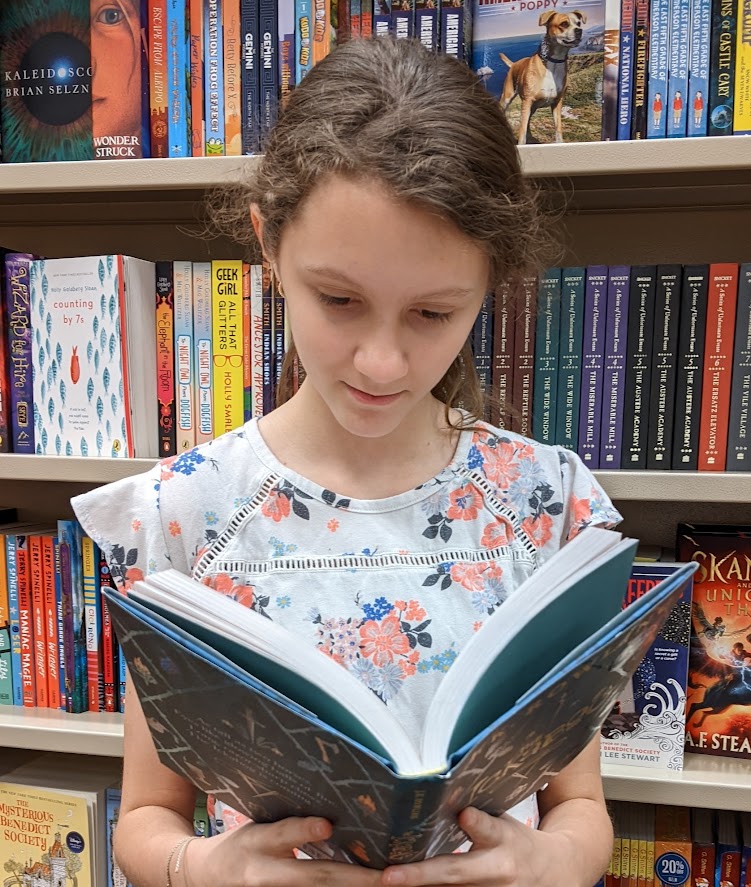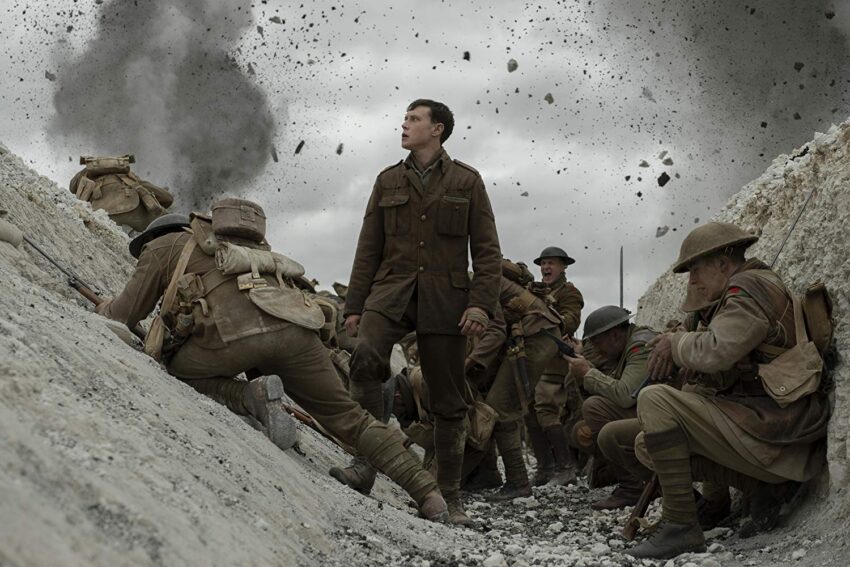Can you think of a book or movie that may have had a good plot and well-built characters, but ultimately didn’t capture your interest? Maybe there were too many cliches, or you were too burnt out on stories from that genre, or maybe, the writer just wasn’t doing a good job of holding your attention. Though loveable characters engage your reader, characters are always subject to change. Character development is one of the main supports of storytelling. Your character could become the villain, or suffer from a traumatic event that drastically twists their personality. They might even die. Not to mention, your reader won’t get a chance to love your characters if they can’t get past the first few pages.
As a writer, this is the last thing you want to happen. It would be a nightmare if you put heaps of effort into your character arcs and plot twists, yet no one had the motivation to continue your story, let alone follow you through the rest of a series. Today, I’ll be showing you how you can avoid this mistake, capture your reader’s attention, and hold it for books to come.
1917
1917 follows a British soldier named Schofield and his unusually optimistic friend Blake who are given the orders to deliver a crucial message to British troops. If they succeed, these two men could save thousands of lives. The catch? They have to travel nine miles, across enemy territory, in seven hours, without any stops and without any other men. The task seems undoable, and though they are knocked down many times, the two friends defy the impossible and learn the value of getting back up.
This film is a war movie. When I first heard of it, I thought I knew what was going to happen: there would be a plot centered around some soldiers who lose a few friends, maybe get injured themselves, accomplish some great feat, and become drastically changed because of it. And my assumptions weren’t wrong. At its bare bones, that is all 1917 is. Even though the characters are incredibly well developed, even though the plot is exciting with plenty of twists along the way, the story had been told before.
However, the writers anticipated this. They added something special to this movie that kept it fresh and engaging, something that kept it from being just another war movie.
Keeping the Wonder Alive
1917 was filmed entirely in one shot (or, at least, it’s edited to look that way.) This means that there are no pauses, no montages, and certainly no cuts to a different scene. The movie starts with Schofield leaning against a tree and doesn’t stop following him until the movie’s end. The camera angles are mind-blowing, and elevated the movie far beyond my expectations. The way the director played with colors and motion
Just this scene alone, where Schofield jumps out of the trenches and risks his life by sprinting across the open battlefield to reach the commanding officer in time, is a cinematic masterpiece. It showcases Schofield’s panic, uses a wondrous palette of colors, and keeps the reader on the edge of their seat as they see soldiers sprinting off to their doom, seconds before the main character can deliver the good news.
1917 could’ve been just another war movie, but it wasn’t. Why? Because the writers remembered to keep the reader’s wonder alive. They showed the viewer something they had never seen before, gave them a whole new experience, and it kept them engaged. Though you may not be able to change your camera angle with a novel, you can still easily do this through world-building. Jurassic Park (both the movie and the book) gives you a new experience by reintroducing dinosaurs. Being able to picture previously extinct animals roaming our modern day world is an incredible thing to think about. This is part of the reason the book was so popular, but it’s also why the movie sequels flopped. Once the viewer was used to this concept, the movie was no longer interesting.
This technique will not only heighten your story, but also make your characters more relatable. If your main character discovers a magic system for the first time, your reader is gets to learn it alongside them. With 1917, the whole movie felt as if you were right there with those two men, smelling the majestic cherry blossom trees, running through the battlefield, or later gawking at a burning building.
So shake things up a little. Think of something no one’s ever thought of before, immerse your reader in that new experience, and tie and unbreakable bond between them and your characters. Keeping the wonder alive is a sure way to grip your reader’s attention, and have them engaged until the very end.



Let us know in the comments:
What other stories have you seen that used an interesting perspective to generate interest? Do you have any ideas that you plan to use in YOUR current WIP? And how was this article? Too sweet? Too sour? Just right?


Hello, I’m Sophia! I’m a child of God and I (if you couldn’t tell already) love to write! I’m also a total theater kid and strong dessert (specifically cupcake) enthusiast. For as long as I can remember, I’ve enjoyed both reading and making my own stories. I’m so glad I get to share with you what I’ve learned from some of my favorite (or sometimes least favorite) stories on this blog.


“I am a poor wayfaring stranger
While traveling through this world of woe,
Yet there’s no sickness, toil, nor danger
In that bright world to which I go.”
Thank you. Now I’ve got this song running through my head.
You’re…welcome? (Out of curiosity: What song is that?)
“Wayfaring Stranger”
Phoebe and I sang it at church once. It’s very beautiful.
I’ll email you a link.